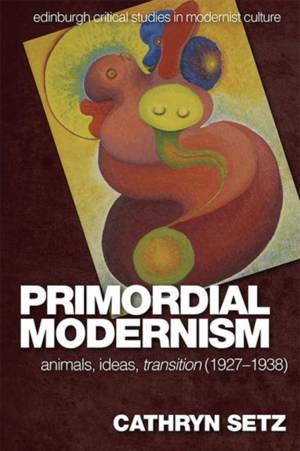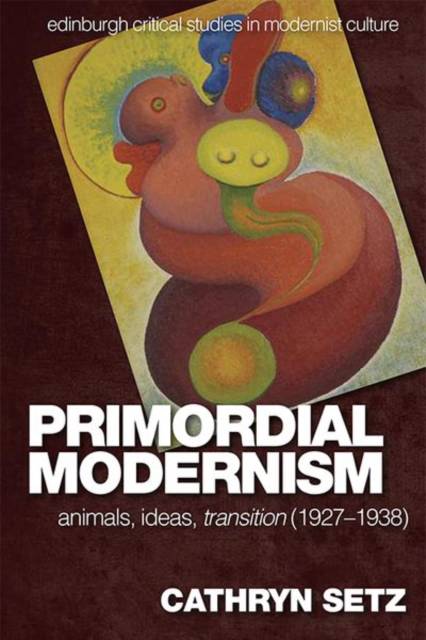
- Retrait gratuit dans votre magasin Club
- 7.000.000 titres dans notre catalogue
- Payer en toute sécurité
- Toujours un magasin près de chez vous
- Retrait gratuit dans votre magasin Club
- 7.000.0000 titres dans notre catalogue
- Payer en toute sécurité
- Toujours un magasin près de chez vous
Description
Brings ideas and animals together to shed new light on modernist magazine culture
Tests the concept of 'primordial' modernism as a tributary of primitivism, Jungian thought, and fraught nationalismsProvides readings of Eugene Jolas's creative and critical works that place him centre-stage in modernist studiesMoves between unpublished archival material, reception studies, and readings of overlooked authorsConsiders a wide range of modernist authors and artists as befitting to such a rich documentTouches on contemporary scientific discourse as an aspect of animal studies
This adventurous study focuses on experimental animal writing in the major interwar journal transition (1927-1938), which contains a striking recurrence of metaphors around the most basic forms of life. Amoebas, fish, lizards, birds - some of the 'lowest' and 'oldest' creatures on earth often emerge at the very places authors seek expressions for the 'newest' and the 'highest' in art. Discussing works by James Joyce, Henry Miller, Gottfried Benn, Eugene Jolas, Kay Boyle, Bryher, Paul Éluard and more, Cathryn Setz investigates this paradox and provides a new understanding of transition's contribution to twentieth-century periodical culture.
Spécifications
Parties prenantes
- Auteur(s) :
- Editeur:
Contenu
- Nombre de pages :
- 224
- Langue:
- Anglais
- Collection :
Caractéristiques
- EAN:
- 9780748692170
- Date de parution :
- 04-09-19
- Format:
- Livre relié
- Format numérique:
- Genaaid
- Dimensions :
- 155 mm x 234 mm
- Poids :
- 453 g

Les avis
Nous publions uniquement les avis qui respectent les conditions requises. Consultez nos conditions pour les avis.






